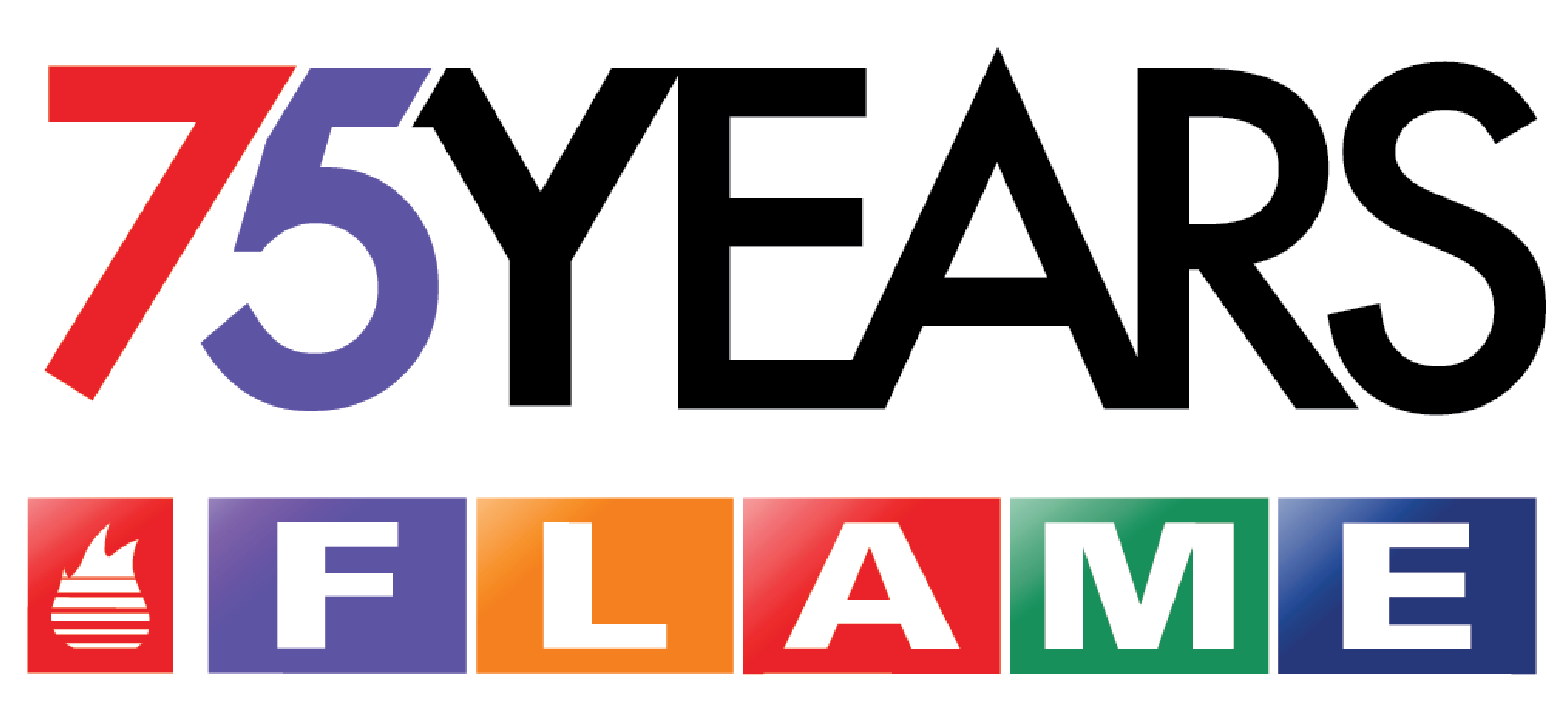Protect Your Family from Carbon Monoxide
Sometimes known as the “silent killer,” carbon monoxide is an extremely dangerous and poisonous gas. Carbon monoxide or CO is odorless, colorless and tasteless and can be attributed to regular household appliances that are fuel burning such as stoves and furnaces that are broken. In particular, if there is a crack in the heat exchanger of your furnace carbon monoxide can be emitted. Exposure to Carbon Monoxide can cause a spectrum of symptoms ranging from mild to severe, including death depending on the amount that you are exposed to it and the amount of time. According to the CDC, Carbon Monoxide symptoms consist of:
The most common symptoms of CO poisoning are headache, dizziness, weakness, nausea, vomiting, chest pain, and confusion. High levels of CO inhalation can cause loss of consciousness and death. Unless suspected, CO poisoning can be difficult to diagnose because the symptoms mimic other illnesses. People who are sleeping or intoxicated can die from CO poisoning before ever experiencing symptoms.
It is important to have fuel burning appliances such as furnaces inspected on a regular basis in order to ensure their well-being and the safety of you and your family. It is important to make sure that the people inspecting them know what they are doing, so check to see if they are certified HVAC technicians (UL (“Safety at Home”)).
UL (“Safety at Home”) gives a list of things to check to see if your home is in danger of carbon monoxide:
- Streaks of carbon or soot around the service door of your fuel-burning appliances.
- The absence of a draft in your chimney (indicating blockage).
- Excessive rusting on flue pipes or appliance jackets.
- Moisture collecting on windows and walls of furnace rooms.
- Fallen soot from the fireplace.
- Small amounts of water leaking from the base of the chimney, vent or flue pipe.
- Damaged or discolored bricks at the top of your chimney.
- Rust on the portion of the vent pipe visible from outside your home.
In addition, another way to prevent carbon monoxide is by installing a carbon monoxide alarm, such as this one from Bryant. An alarm will make a loud noise if CO levels become dangerous.
Much of the information for this blog was received from UL Safety at Home “Test Your Carbon Monoxide IQ and Protect Your Loved Ones” as well as Wikipedia, The Free Encyclopedia “Carbon monoxide poisoning,” CDC “Carbon Monoxide Poisoning” and Bryant “Preferred Series Carbon Monoxide Alarm.”
If you have any questions or are interested in a furnace inspection or invest in a carbon monoxide alarm, please contact FLAME!
Sidebar
contact us
same day guarantee
Same Day Guarantee
Why Choose Flame Heating, Cooling, Plumbing & Electrical?
Expect Trustworthy Service & Excellent Craftsmanship
- Same-day services
- Licensed & insured
- Free estimates on replacement quotes
- Upfront & fair pricing
- Background checked technicians
- Financing options
- Military, veteran & senior discounts
- Responsiveness & respect for the customer's time
- Expertise in our field





